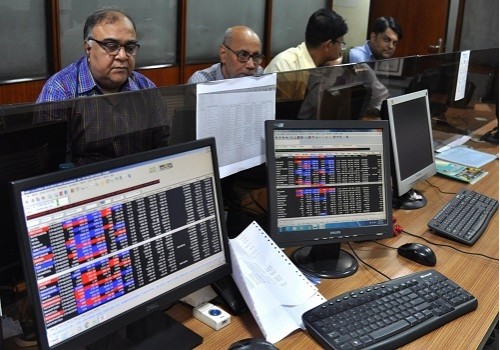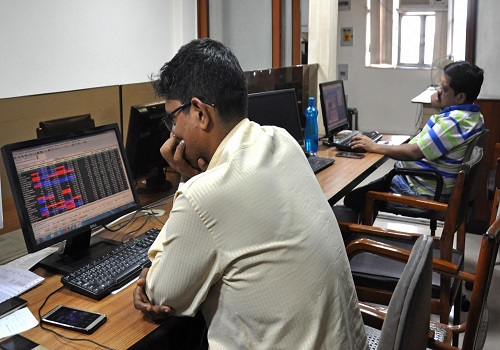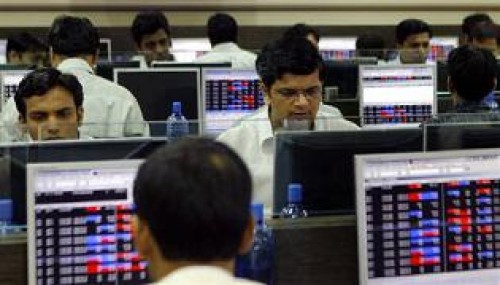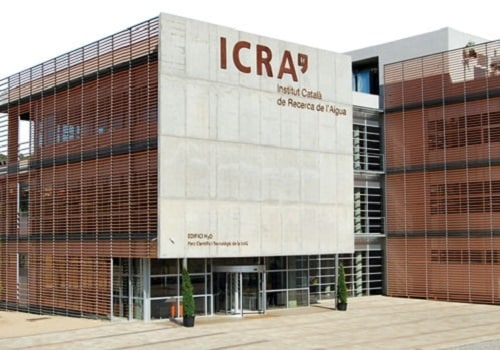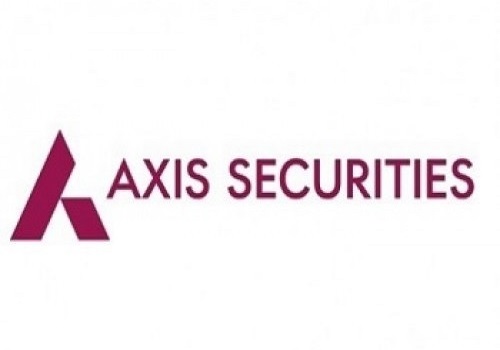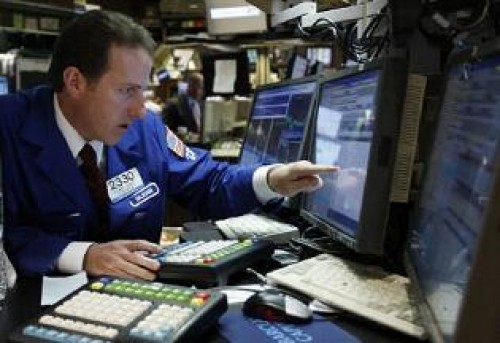Indian equity benchmarks likely to make gap-down start on weak global cues
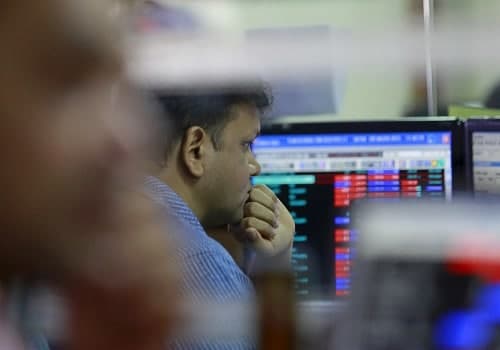
Follow us Now on Telegram ! Get daily 10 - 12 important updates on Business, Finance and Investment. Join our Telegram Channel
Indian equity benchmarks ended in red on Thursday led by Bankex and Metal stocks. Today, the markets are likely to make gap-down start on weak global cues. Traders will be concerned as India's external debt stood at USD 571.3 billion at end-June, recording an increase of USD 1.6 billion over its level at the end of March 2021. Traders may take note of report that former RBI Governor D Subbarao stressed on the need to accelerate India’s economic growth rate and make sure that this benefit of growth is shared, even as he said that unemployment has taken a form of crisis in the country. Subbarao further said the organised sector is shedding jobs and the labour force is moving from high productive sector to the unorganised sector. However, some respite may come later in the day as eight core industries, including coal, crude oil, and steel, posted a growth of 11.6 per cent in August on a yearly basis, as per government data released. The eight core industries -- coal, crude oil, natural gas, refinery products, fertilisers, steel, cement and electricity -- comprise 40.27 per cent of the weight of items included in the Index of Industrial Production (IIP). Some support may also come as India’s current account balance moved into a surplus in the April-June quarter mainly because of a contraction in the trade deficit. The current account surplus stood at $6.5 billion compared to a surplus of $19.1 billion in the same quarter a year ago. In the preceding January-March quarter the current account was in a deficit of $8.1 billion. Meanwhile, the Centre’s fiscal deficit as a proportion of the Budget Estimates fell to an 18-year low of 31.1 per cent in the first five months of the current financial year. This was despite a year-on-year spike in expenditure in August, after falling in the previous month. Besides, there will be some encouragement with report that retail inflation for industrial workers eased to 4.79 per cent in August compared to 5.27 per cent in July this year, mainly due to the lower price of certain food items. There will some buzz in hotel industry stocks as Icra’s report stated that the hotel industry is expected to clock at least 45-50 per cent of pre-Covid revenues in this financial year as demand has recovered sharply post the second wave of the pandemic aided by easing of restrictions during the July-September period.
The US markets ended lower on Thursday as Wall Street wrapped up its worst month of the year on a sour note. Asian markets are trading lower in early deals on Friday following weak cues from the US markets.
Back home, Indian equity benchmarks closed with losses on the monthly futures & options expiry session, marking the third straight day of losses, weighed by Banking, Metal and Telecom stocks. Indian markets opened on a flat note, as India recorded a spike of 23,139 new Covid-19 cases in the past 24 hours. The country also witnessed 309 deaths, taking the death toll to 448,090. Some concern also came as finance ministry stating that India’s external debt rose modestly by 2.1 per cent year-on-year to $570 billion as of March-end 2021, notwithstanding the COVID-19 pandemic. It said reserves to external debt ratio, however, increased to 101.2 per cent from 85.6 per cent during the same period, thereby consolidating the country’s position as a net creditor to the world. However, key indices erased losses and managed to trade in green terrain in late morning session, taking support from Chief Economic Adviser (CEA) K V Subramanian’s statement that India will clock over 7 per cent annual growth during this decade on the back of strong economic fundamentals. During the current fiscal, he said, growth would be in double-digits and it could moderate to 6.5 - 7 per cent in the next financial year. However, buying proved short-lived as markets once again slipped into red terrain in late afternoon session. A continuously depreciating rupee, which tumbled for the fifth straight day against the US dollar, weighed on sentiment. Traders overlooked Apparel Export Promotion Council (AEPC) Chairman A Sakthivel’s statement that the government's decision to expand the scope of the Rs 4.5 lakh crore Emergency Credit Line Guarantee Scheme (ECLGS) to support micro, small and medium enterprises would help deal with funds shortage and promote exports. Investors also paid no heed towards Commerce and Industry Minister Piyush Goyal’s statement that India and the US should engage in a much bigger way and New Delhi is ready and willing to expand the economic partnership with America. Meanwhile, in order to increase utilisation of the Emergency Credit Line Guarantee Scheme (ECLGS) and provide support to small businesses ahead of the festive season and economic upturn, the government has expanded the scheme by increasing the borrowing limit for availing loans. Finally, the BSE Sensex fell 286.91 points or 0.48% to 59,126.36 and the CNX Nifty was down by 93.15 points or 0.53% to 17,618.15.
Above views are of the author and not of the website kindly read disclaimer
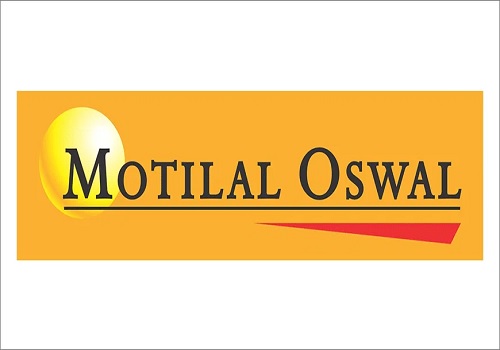


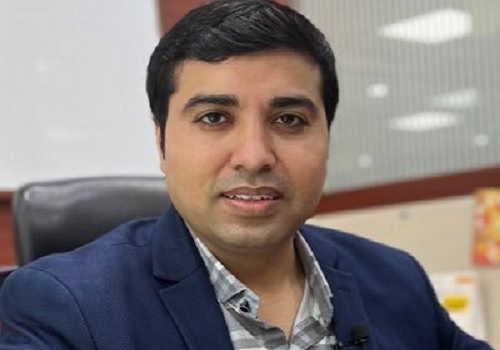
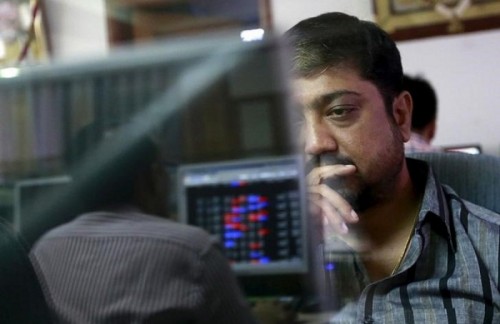





Tag News

Weekly Market Analysis : Markets strengthened recovery and gained nearly 2% in the passing w...
